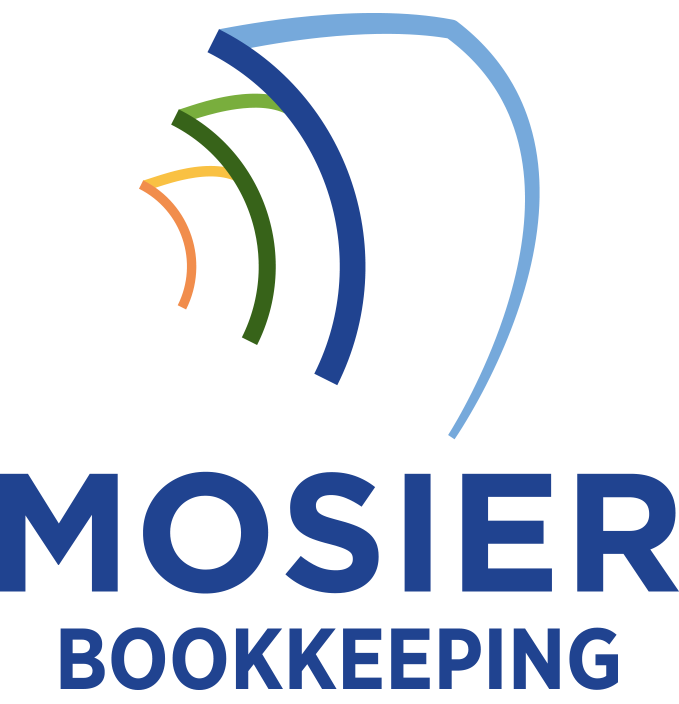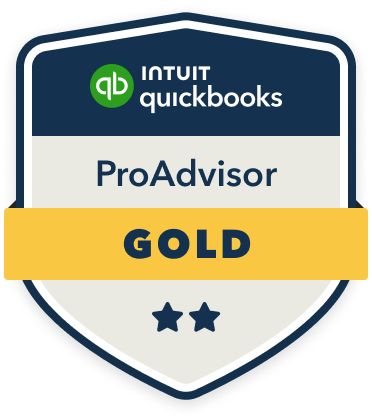To analyze customer payment trends through bookkeeping, I recommend tracking essential data points like payment dates, amounts, methods, and frequency in a standardized system. You’ll need to document receipt details with unique identifiers and maintain digital records. By monitoring these patterns alongside analytics like Days Sales Outstanding (DSO) and payment velocity, you can identify behaviors, forecast probabilities, and optimize your collection strategies. Let me show you how to transform this data into actionable insights.
Essential Data Points for Tracking Customer Payments
Understanding customer payment patterns requires tracking several fundamental data points that provide actionable insights into cash flow and business health. I track payment dates, amounts, frequency, and methods to establish baseline behaviors. I monitor aging reports to identify which customers consistently pay on time versus those who delay. Additional metrics I analyze include average days to pay, payment completion rates, and discount utilization. I’ve found tracking seasonal variations and correlating them with specific customer segments reveals predictable patterns. By monitoring declined payments and chargeback rates, I can proactively address potential issues before they impact my bottom line.
Setting Up an Effective Payment Tracking System
I recommend starting your payment tracking system by documenting key receipt details, including transaction dates, amounts, and payment methods used by each customer. You’ll need to establish clear payment category codes that distinguish between different types of transactions, such as recurring payments, one-time purchases, or installment plans. These standardized codes will help you analyze payment patterns and identify trends across your customer base more efficiently.
Record Payment Receipt Details
Recording payment receipt details forms the backbone of any reliable payment tracking system. I recommend capturing essential data points for each transaction: payment date, amount received, payment method, invoice number, and customer ID. I’ve found that documenting any reference numbers or confirmation codes is pivotal for transaction tracing.
I assign unique identifiers to each receipt and maintain digital copies of all payment confirmations. This meticulous approach lets me quickly resolve disputes and validate cash flow patterns. By standardizing my receipt documentation process, I create a robust audit trail that strengthens my financial control and decision-making power.
Create Payment Category Codes
Building on our detailed receipt documentation, payment category codes add another layer of organizational clarity to transaction tracking. I’ve designed a streamlined system that lets you instantly identify payment types and analyze patterns through strategic code assignments.
- Assign two-letter codes for payment methods (CC for credit card, CH for check, CA for cash)
- Add two-digit industry codes (RE for retail, HO for hospitality, CO for consulting)
- Include three-digit customer segment identifiers (PRE for premium, STD for standard, NEW for new clients)
This coding structure transforms raw payment data into actionable intelligence, empowering you to spot trends and make data-driven decisions.
Identifying Common Payment Patterns and Behaviors

Understanding how customers pay for products and services reveals essential patterns that drive business decisions. I track recurring payment schedules, identify customers who consistently pay early or late, and analyze the preferred payment methods across different customer segments.
I’ve found that examining seasonal payment fluctuations, monitoring average transaction values, and studying payment timing relative to due dates uncovers valuable insights. By cross-referencing payment data with customer demographics and purchase history, I can predict cash flow patterns and adjust collection strategies. This data-driven approach enables me to optimize payment terms and reduce collection risks proactively.
Using Payment Analytics to Improve Cash Flow
Payment analytics transforms raw transaction data into actionable insights that directly improve cash flow management. I’ve found that leveraging sophisticated analysis tools empowers me to ideal working capital and strengthen my financial position.
Key metrics I track to enhance cash flow:
- Days Sales Outstanding (DSO) – measures the average collection period
- Payment Velocity – tracks how quickly customers process invoices
- Default Probability Indicators – identifies high-risk accounts before they impact liquidity
I use these analytics to implement targeted collection strategies, adjust credit terms, and automate payment reminders. This data-driven approach lets me maintain perfect cash positions while building stronger customer relationships.
Leveraging Technology for Payment Trend Analysis

Modern technology has revolutionized how I analyze customer payment patterns, transforming manual tracking into sophisticated digital intelligence. I leverage AI-powered accounting software to identify late payment indicators, seasonal fluctuations, and customer-specific behaviors. My dashboard instantly highlights payment velocities, aging trends, and risk profiles.
I integrate predictive analytics to forecast payment probabilities and automate collection strategies. By connecting payment gateways with my CRM, I track real-time transaction data and customer engagement metrics. This technology stack empowers me to make data-driven decisions, optimize cash flow management, and strengthen my revenue forecasting capabilities.
Developing Strategic Responses to Payment Trends
Armed with robust data analytics, I develop targeted strategies to address specific payment patterns in my customer base. I leverage these insights to maximize cash flow and strengthen my financial position through decisive action.
My strategic response framework includes three core elements:
- Implementing automated early payment incentives for consistently prompt customers to reinforce their behavior
- Creating tailored payment plans for habitually late accounts to capture otherwise lost revenue
- Deploying predictive algorithms to identify at-risk accounts and initiate proactive intervention before default
I continuously refine these strategies based on real-time performance metrics, ensuring ideal outcomes and maintaining my competitive advantage.









